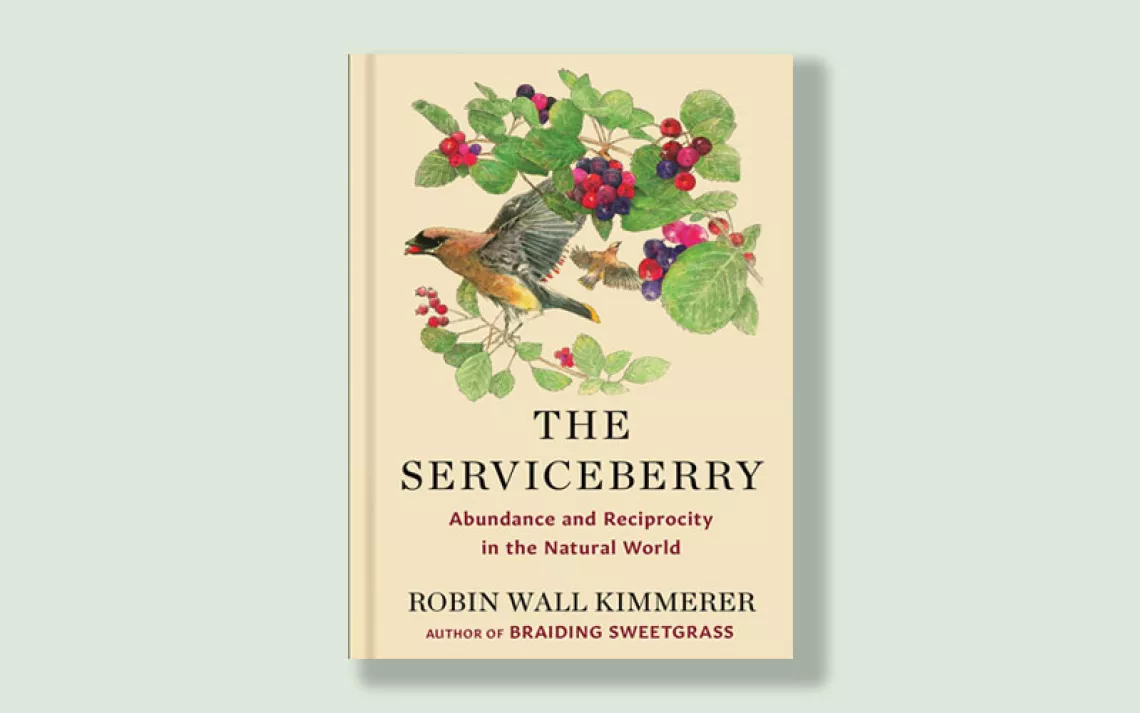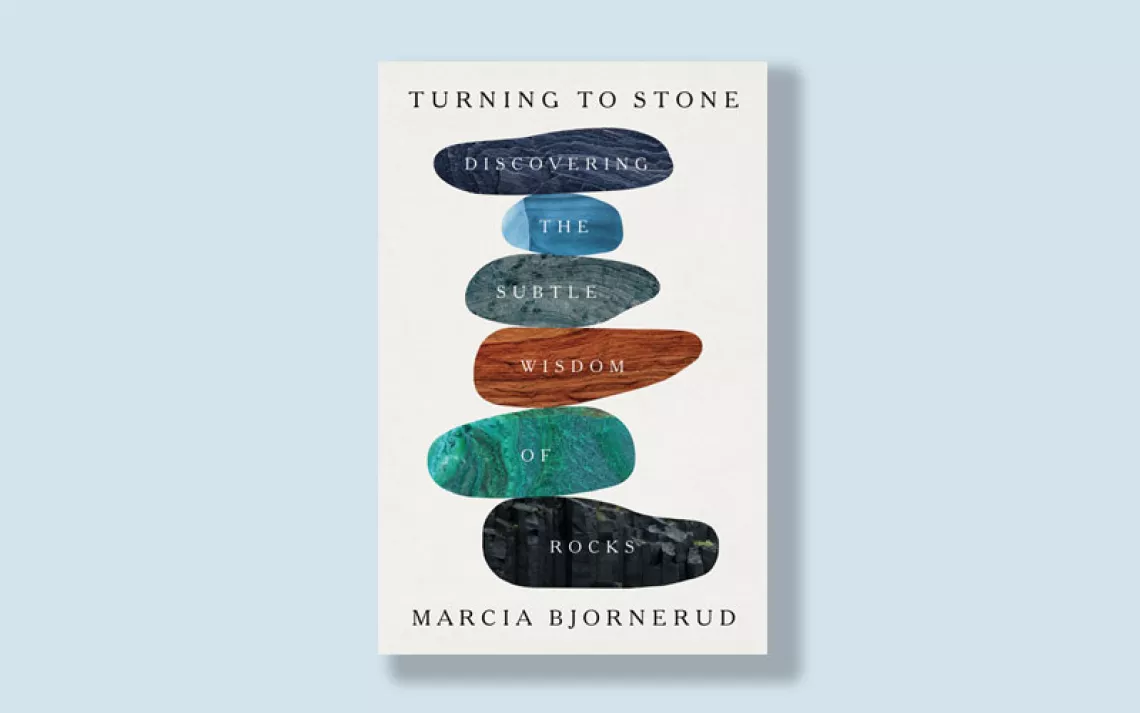How to Survive Without a Wrenching Global Catastrophe
“The Wizard and the Prophet” illuminates a troubled world, and the art of the possible
Imagine that Planet Earth is a glass petri dish, and humans just one of many specimens living there, running around under a microscope. Looking through it, what do we see? The multitudes: Humans aren’t just any organism. They are a particularly aggressive and successful kind, spreading and multiplying and consuming resources so quickly that they seem to be crowding out every other species, polluting the dish for everybody while they’re at it, and whamming up against the limitations of its shallow, cylindrical walls. This particular organism, you might conclude, is bound to break through the glass and wipe itself out.
You’d have to be a real biological purist to take such an orthodox view of the world and our place within it. But as we learn from Charles C. Mann in his brilliant The Wizard and the Prophet: Two Remarkable Scientists and Their Dueling Visions to Shape Tomorrow’s World (Alfred A. Knopf, January 2018), the age of the Anthropocene requires us to consider similarly vexing lines of reasoning. What world will we leave to the next generation should global population continue to rise and climate change continue unabated? A child born today will live in an increasingly crowded, and altered, world. By 2050, the total population of human beings on Earth is expected to reach 10 billion. The planet will be dramatically different than the one into which we were born, as glaciers melt, sea levels rise, and the consequences of anthropogenic climate change take hold. How will we have enough resources to support those people sustainably and equitably? Should we develop new technologies to respond to those challenges? Or should we focus instead on trying to limit growth and develop more of a harmony with the nature around us?
These are the same kinds of questions that two influential 20th-century scientists, Norman Borlaug and William Vogt, wrestled with throughout their careers. The men were both concerned with what they felt was the singular riddle of our age—“how to survive the next century without a wrenching global catastrophe”—yet they arrived at radically different answers to the question.
William Vogt, the “Prophet,” was a precursor to the modern environmental movement. Born in 1902, he developed into an environmental activist who believed that unlimited growth put humankind on a collision course with the planet’s fragile ecoystems, and that only by reducing our consumption of the earth’s natural resources and focusing on living in harmony with the planet could we survive a coming global catastrophe.
Norman Borlaug, the “Wizard,” was born 12 years later. He, too, recognized the gravity of the challenges our species’ unlimited growth would create but had a radically different vision of how to solve it: scientific and technological innovation. Through advances in human agency such as a “Green Revolution” in agronomic techniques, we could accommodate growth by expanding our capacity to feed and sustain populations and generate more prosperity and sustenance for all.
Through meticulous research and lush storytelling, Mann, the award-winning author of 1491 and 1493, maps out how the collision between these two points of view, which he defines as “Wizards” and “Prophets,” is at the center of some of the most significant questions, and possible answers, we face as a species today. But The Wizard and the Prophet is no road map for the future, nor does it take sides. Mann, the consummate referee in the contest, doesn’t even betray a predilection for one or the other. Instead, he surgically dissects the points of view by tracing their origins to how they evolved into “the basic intellectual blueprints that institutions around the world use today for understanding our environmental dilemmas.” It is to the next generation, Mann tells us, to determine how best to solve the great riddle of our age; to that end, he has delivered a significant resource for anyone prepared to start looking for the answers.
The two men met only once according to Mann, a brief encounter on a tract of land on the outskirts of Mexico City. Borlaug was sent there to take over a Rockefeller wheat program that was failing badly, where he “spent every day in the late spring and summer in 1945 with his thousands of wheat varieties, knee-walking through the rows of young plants.” It was there that he developed revolutionary plant-breeding techniques that would later form the foundation of modern agriculture.
Vogt met Borlaug at the site for a daylong visit. As Borlaug explained his ideas to his inquisitive visitor, Vogt concluded that what Borlaug was doing was wrong. Later on, he would try to get Borlaug’s research shut down. “This is the beginning, these two men looking over the parcel of damaged land near the city,” Mann writes. “All the rest of their lives begin at this place, in what they see and how they choose to think about it. . . . Vogt sees the city reaching across the dry lake bed to engulf the last fields and streams and says, 'Hold it back! We cannot let our species overwhelm the natural systems on which we all depend!' Borlaug sees the pitiful scrim of wheat and maize on the tract of land and says, 'How can we give people a better chance to thrive?' Vogt wants to protect the land; Borlaug wants to equip its occupants.”
Vogt would eventually lay down the basic tenets of the contemporary environmental movement; through such publications as Road to Survival, he described a world in which humans are molding nature, with destructive consequences to both, and the potential we have for exceeding Earth’s “carrying capacity.” Borlaug, meanwhile, never wrote his own manifesto, but was developing new agriculture technologies and processes such as “shuttle breeding” that would increase plant yields and save countless from starvation, eventually garnering him the Nobel Prize. Mann carefully traces how the methods and theories of the two men came to represent two dominant ways of thinking about everything from air and water to population growth and food security. “Prophets look at the world as finite, and people as constrained by their environment,” Mann writes. “Wizards see possibilities as inexhaustible and humans as wily managers of the planet. One views growth and development as the lot and blessing of our species; others regard stability and preservation as our future and our goal.”
After mapping out these two dominant frames of thought, Mann deploys them as a lens through which to examine four foundational subjects: Earth: Food; Water: Freshwater; Fire: Energy; and Air: Climate Change. The gambit works: It’s a masterful stroke that equips us with the tools by which to understand the challenges we face in these key areas—by seeing them from the vantage of limited-growth Prophets, or smart-growth Wizards; “Wizards unveiling technological fixes, Prophets decrying the consequences of our heedlessness.”
Mann gives us entrée into contemporary research and infrastructure innovations that in some ways advance the theories Borlaug championed and in other ways bolster Vogt’s case against such “Wizardly” innovations. He reports on the world’s biggest genetic engineering project, the C4 Rice Consortium, which includes scientists working to transform rice into a plant that “could grow faster, require less water and fertilizer, withstand higher temperatures and produce more grain.” We learn about how such projects as Israel’s National Water Carrier and the Carlsbad desalination plant were measures designed to accommodate bigger populations with increasingly scant or threatened water supplies. And he carefully walks us through how the affluence and superfluities to which we’ve grown so accustomed are viscerally tied to the consumption of fossil fuels, the impact of which “exhausts hyperbole.”
Is the world a petri dish? Or is it a canvas upon which to paint our story, our future? Can we innovate our way out of extinction? Or should we instead develop a more consonant equilibrium with the ecosystems around us? Don’t look to Charles C. Mann for the answer, but do pick up a copy of The Wizard and the Prophet for an elegantly written, devoted testimonial to the art of the possible.
 The Magazine of The Sierra Club
The Magazine of The Sierra Club



